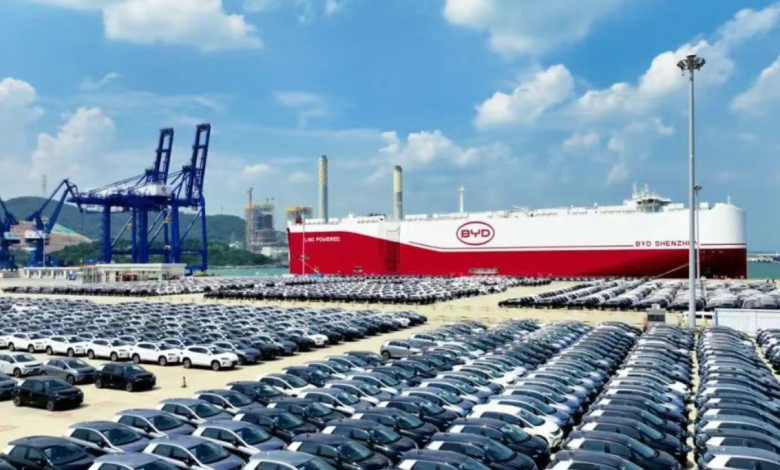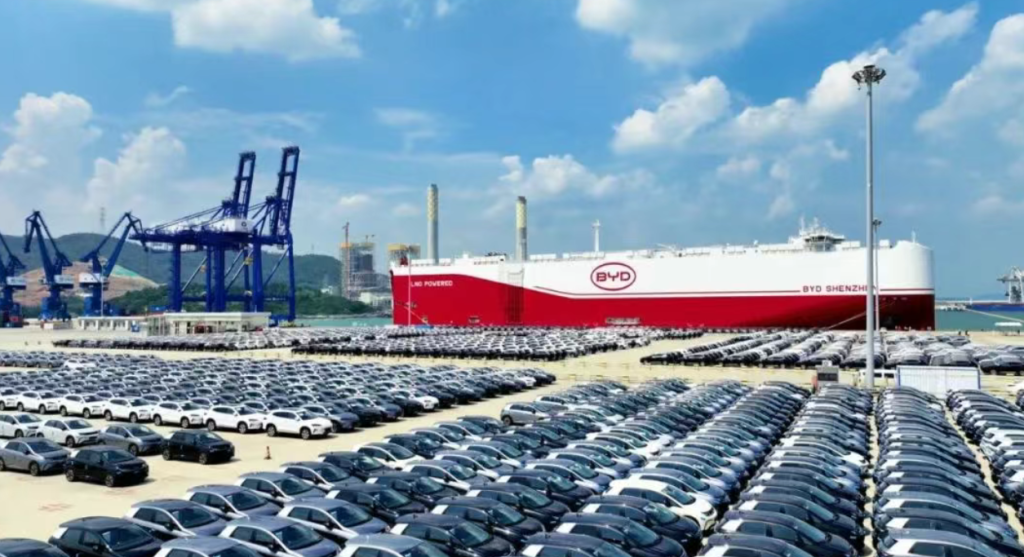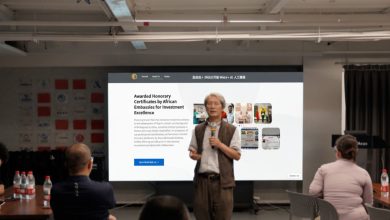
BYD’s “Shenzhen” Ro-Ro Ship Sets Sail for Europe with Over 6,800 NEVs: A Milestone in China’s Auto Export Strategy

Introduction: A New Era for Chinese EV Exports
On July 9, 2025, a massive vessel named BYD Shenzhen departed from Shenzhen’s Xiaomo International Logistics Port, carrying 6,817 new energy vehicles (NEVs) bound for Europe. This marks another milestone in China’s rapidly expanding electric vehicle (EV) export strategy, reinforcing BYD’s position as a global leader in green mobility.
In my experience covering the automotive industry, few developments have been as transformative as China’s shift from being a car importer to a dominant exporter—especially in EVs. Just a decade ago, Chinese automakers struggled with brand recognition overseas. Today, BYD is outselling Tesla in some European markets, and its self-operated fleet of car carriers is reshaping global logistics.
This article explores the significance of BYD Shenzhen’s latest voyage, the company’s expanding shipping fleet, and how China’s EV industry is leveraging infrastructure like Xiaomo Port to secure its place in the global market.
The “Shenzhen” Ro-Ro Ship: A Green Giant on the High Seas
The BYD Shenzhen is no ordinary vessel. As the world’s second-largest pure car and truck carrier (PCTC), it measures 219.9 meters in length and 37.7 meters in width, with 16 decks capable of holding up to 9,200 vehicles. What makes it particularly noteworthy is its LNG dual-fuel propulsion system, making it one of the most environmentally friendly ships of its kind.
When I visited Xiaomo Port earlier this year, I was struck by how seamlessly the logistics chain operates. The “factory-to-port” efficiency is staggering—1,105 vehicles from BYD’s Shenshan production base were driven directly onto the ship in just five minutes. This “land-run” loading method eliminates traditional bottlenecks, ensuring zero congestion or delays.
Key features of BYD Shenzhen:
- LNG-powered, reducing CO₂ emissions by 30% compared to conventional fuel
- Advanced loading systems for faster roll-on/roll-off operations
- Global route optimization, having already completed a 70-day, 30,000-km maiden voyage to Brazil before this Europe trip
This ship is more than just a transport solution—it’s a strategic asset in BYD’s push to control its supply chain from factory to foreign dealerships.
BYD’s Self-Owned Fleet: Solving the Global Shipping Crisis
One of the biggest challenges for Chinese automakers has been securing reliable shipping capacity. The global shortage of Ro-Ro vessels, combined with rising freight costs, has forced companies like BYD to take matters into their own hands.
Currently, BYD operates six car carriers, including:
- Explorer No. 1 (首航开拓者号)
- BYD Changzhou (常州号)
- BYD Hefei (合肥号)
- BYD Shenzhen (深圳号)
- BYD Xi’an (西安号)
- BYD Changsha (长沙号)
Together, they have transported over 70,000 NEVs globally. Two more ships—BYD Zhengzhou and BYD Jinan—will join the fleet this month, expanding total capacity to 67,000 vehicles per year.
I personally recommend watching this trend closely. Traditional shipping companies like Höegh Autoliners and Wallenius Wilhelmsen dominate the PCTC market, but BYD’s vertically integrated approach could disrupt the industry. By owning its logistics, BYD avoids $100 million+ in annual chartering fees and ensures stable delivery timelines—a critical advantage in the competitive European market.
Xiaomo Port: The Engine Behind Shenzhen’s EV Export Boom
No discussion of BYD’s export success is complete without mentioning Xiaomo International Logistics Port. As Shenzhen’s first dedicated vehicle Ro-Ro terminal, it has become a linchpin in China’s EV export strategy.
Current Capacity:
- Phase 1: 2 x 100,000-ton berths + 1 x 50,000-ton berth
- Annual throughput: 300,000 vehicles
- 13 international shipping routes, including key lanes to Europe, South America, and the Middle East
Future Expansion (Phase 2, 2027):
- 2 additional mega-berths for 9,200-car carriers
- Annual capacity to jump to 1 million vehicles
When I spoke with port officials last month, they emphasized how “port-factory integration” is cutting export costs. Unlike traditional exports that require weeks of storage and trucking, BYD’s 5-minute loading process from its Shenshan plant ensures near-instantaneous shipments.
This efficiency is why Xiaomo Port is positioning itself as Southern China’s premier auto export hub, rivaling Shanghai’s Nangang Terminal.
BYD’s European Surge: Outselling Tesla in Key Markets
Europe has become BYD’s fastest-growing market, with sales up 133.6% YoY in H1 2025 (over 470,000 units exported). In April, BYD even outsold Tesla in pure EV registrations across Europe, and when including plug-in hybrids, its growth hit 359%.
Top-performing models in Europe:
- BYD Atto 3 (Yuan Plus) – Best-selling Chinese EV in 2024
- BYD Dolphin (海豚) – Affordable urban EV
- BYD Seal (海豹) – Tesla Model 3 competitor
Morgan Stanley predicts BYD will export 1.5 million vehicles annually by 2026, with Europe accounting for 40% of overseas sales.
Conclusion: A Blueprint for China’s Auto Export Dominance
The BYD Shenzhen’s voyage is more than just another shipment—it’s a symbol of China’s vertically integrated EV ecosystem. By controlling production, logistics, and overseas distribution, BYD is setting a new standard for global auto exports.
For investors and industry watchers, the key takeaways are:
- Self-owned fleets reduce dependency on volatile shipping markets
- Port-factory integration cuts costs and speeds up delivery
- Europe is now BYD’s battleground against Tesla and legacy automakers
As Xiaomo Port expands and BYD’s fleet grows, we can expect even more record-breaking shipments in the coming years. The age of Chinese EV dominance is no longer on the horizon—it’s here.
Would you like a deeper dive into BYD’s European market strategy or a comparison with other Chinese automakers’ export approaches? Let me know in the comments!





